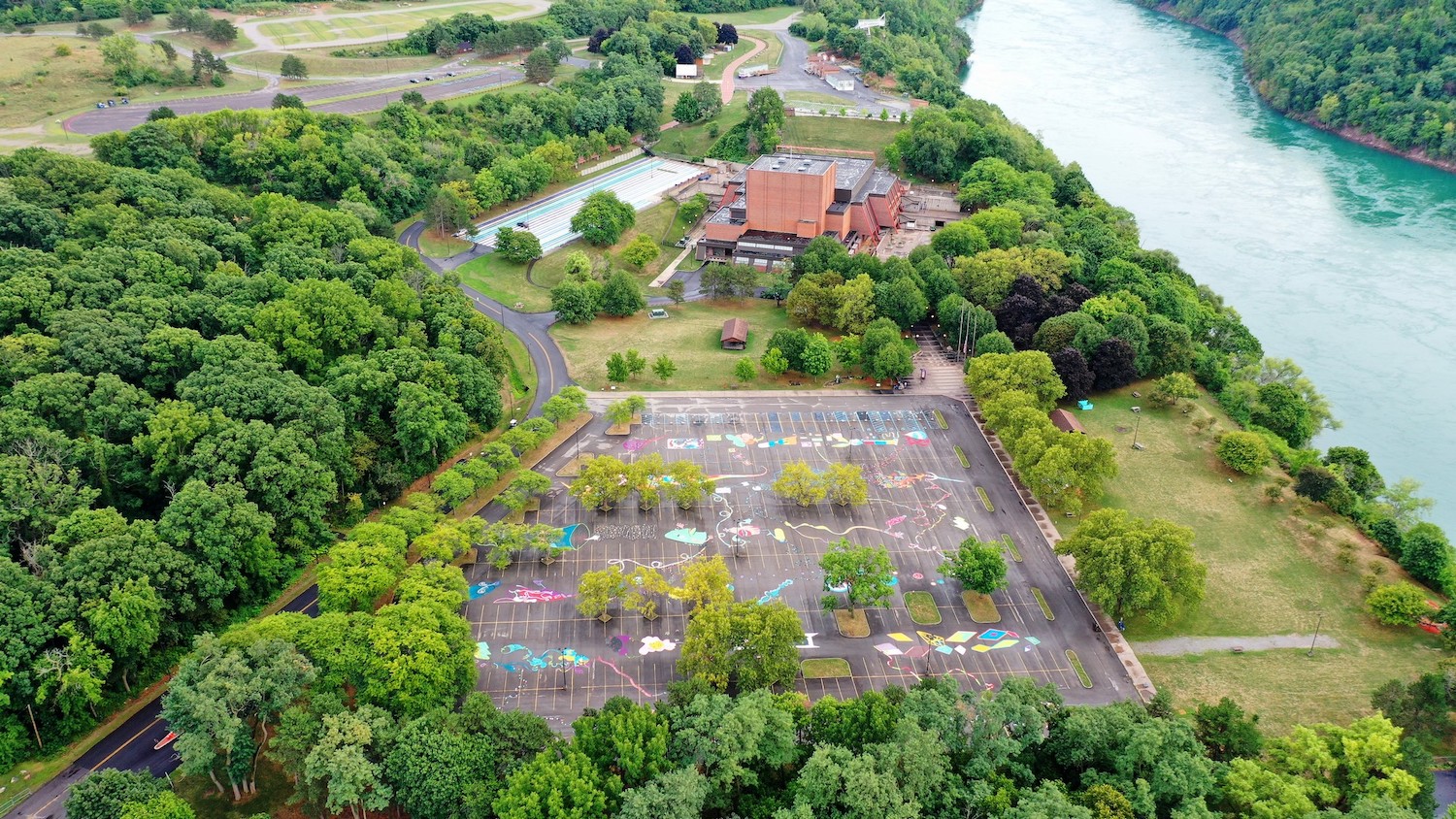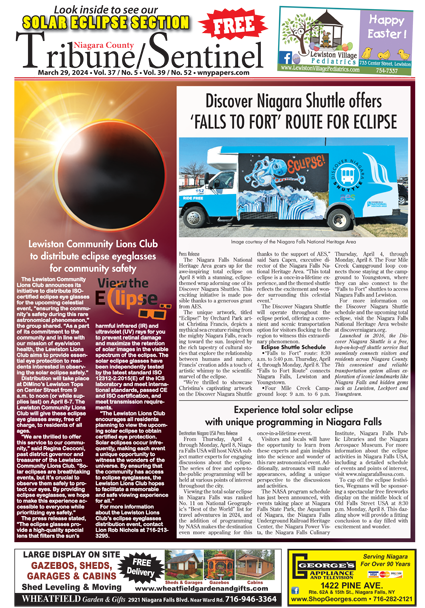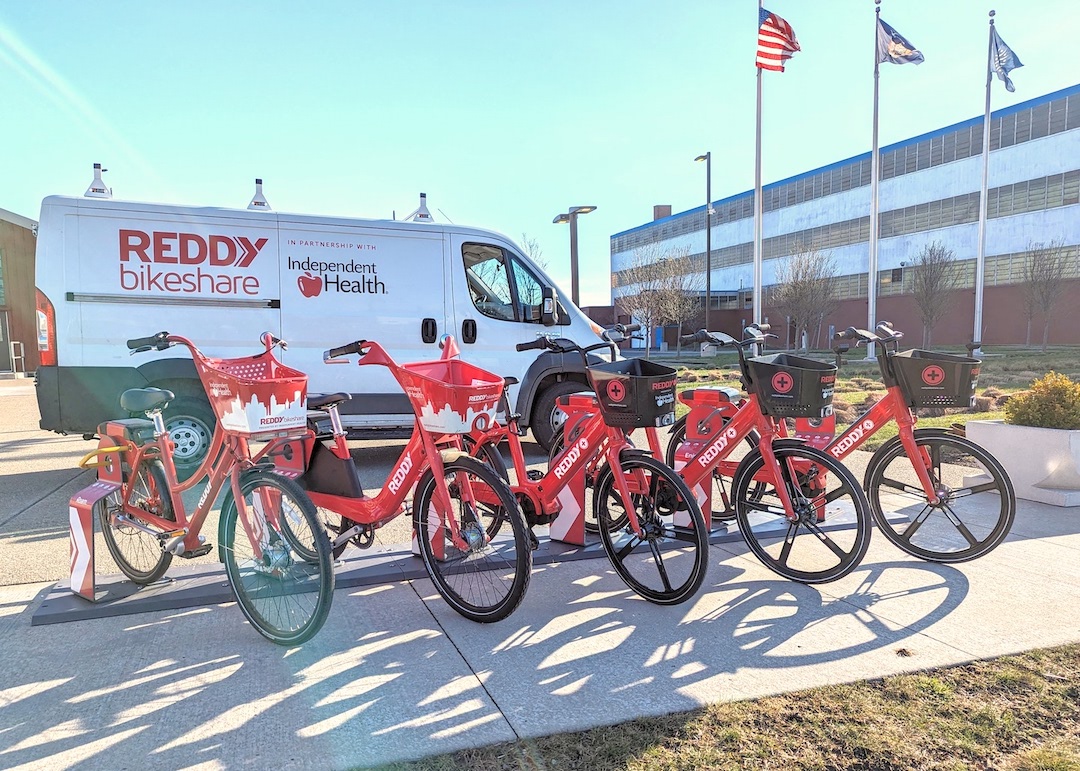Featured News - Current News - Archived News - News Categories
A statement from Communications Director Peter Ajemian regarding ongoing vaccination efforts:
"The State Department of Health has been having conversations with local governments today to discuss the ongoing COVID vaccination efforts. To summarize several points from these discussions and respond to some comments please be advised as follows:
"The rules of the COVID vaccine distribution have been clear for many weeks and agreed to by virtually all credible federal and state leaders. The first priority is ‘1A,’ health care workers who are on the front lines. With the increasing hospitalization rates, the new U.K. strain spread and hospital staff shortages, keeping hospitals functioning is essential to avoid another shutdown.
"Once those health care workers who want to accept a vaccine are afforded the opportunity, vaccinations go to the ‘1B’ category, which includes essential workers including police, firefighters and 75-plus-year-old New Yorkers (who have the highest death rate from COVID). Police are not ‘health care workers’ for ‘1A’ purposes, except those who are EMS or EMT. As everyone knows, virtually every police officer is trained in CPR, but that does not make them a 'health care worker' for the purpose of vaccine distribution.
"Also the state plan will not allow ‘1B’ to commence only with police; it also includes teachers, firefighters and other essential workers as well as 75-plus-year-old New Yorkers – all eligible at the same time. We do not, and will not allow, prioritization of one group over any other in ‘1B.’
"The City of New York has 917,000 eligible health care workers in ‘1A’ and has only administered 144,000 vaccines. Many more health care workers are anxiously awaiting the vaccine. New York City has received 304,000 dosages beginning in December through last week and administered less than 50%. We urge New York City and other local governments to get needles in the arms of the health care workers to avoid our frontline heroes from getting sick and our hospitals from collapsing due to increasing staff shortages.
"Any government or hospital that has offered their health care workers vaccines and are at their ‘refusal rate’ (workers have been offered the vaccine but refused it) should inform DOH and we will reallocate their doses. We have many health care workers demanding the vaccine. There are over 1 million health care workers who have not yet been offered the vaccine. Also, as a reminder, herd immunity requires 70-90% vaccination and we hope health care workers exceed the minimum acceptance rate.
“We're all anxious to get the vaccination to ‘1B,’ 75-year-old New Yorkers, and essential workers. However, we must establish competent administration, because if a government fails to administer ‘1A’ vaccines, what makes anyone think they can competently administer ‘1B’?
"The state has previously announced plans for ‘1B’ vaccines. The ‘1B’ category includes approximately 3 million people statewide, and the state will utilize a variety of non-governmental agencies to administer those vaccines, including pharmacies, private doctor networks, and community groups serving underserved communities, as the state announced last week. There will be literally thousands of distribution points statewide.
“We are asking large union forces such as police, firefighters and teachers to organize their own vaccination programs, where possible, to remove volume from private providers and health departments.
"We have asked local governments to coordinate with these groups to determine if they can ‘self-administer’ or use their own providers or will utilize the private provider network. Again, the main issue will be supply. For example, the ‘1B’ category is over 3 million people and the state still only receives 300,000 doses per week. There are also 1 million ‘1A’ health care workers still awaiting vaccines. Hopefully, we expect an increase in federal supply shortly."
“These are the categories of ‘1A.’ ”
Eligible New Yorkers in phase “1A” are:
√ High-risk hospital workers (emergency room workers, ICU staff and pulmonary department staff)
√ Residents and staff at nursing homes and other congregate care facilities
√ Federally qualified health center employees
√ EMS workers
√ Coroners, medical examiners and certain funeral workers
√ Staff and residents at OPWDD, OMH and OASAS facilities
√ Urgent care providers
√ Individuals administering COVID-19 vaccines, including local health department staff
As of Jan. 4, 2021:
√ All outpatient/ambulatory front-line, high-risk health care workers of any age who provide direct in-person patient care
√ All staff who are in direct contact with patients (i.e., intake staff)
√ All front-line, high-risk public health workers who have direct contact with patients, including those conducting COVID-19 tests, handling COVID-19 specimens and COVID-19 vaccinations
•This includes, but is not limited to,
√ Doctors who work in private medical practices and their staff
√ Doctors who work in hospital-affiliated medical practices and their staff
√ Doctors who work in public health clinics and their staff
√ Registered nurses
√ Specialty medical practices of all types
√ Dentists and orthodontists and their staff
√ Psychiatrists and psychologists and their staff
√ Physical therapists and their staff
√ Optometrists and their staff
√ Pharmacists and pharmacy aides
√ Home care workers
√ Hospice workers
Staff of nursing homes/skilled nursing facilities who did not receive COVID vaccination through the pharmacy partnership for long-term care program





























